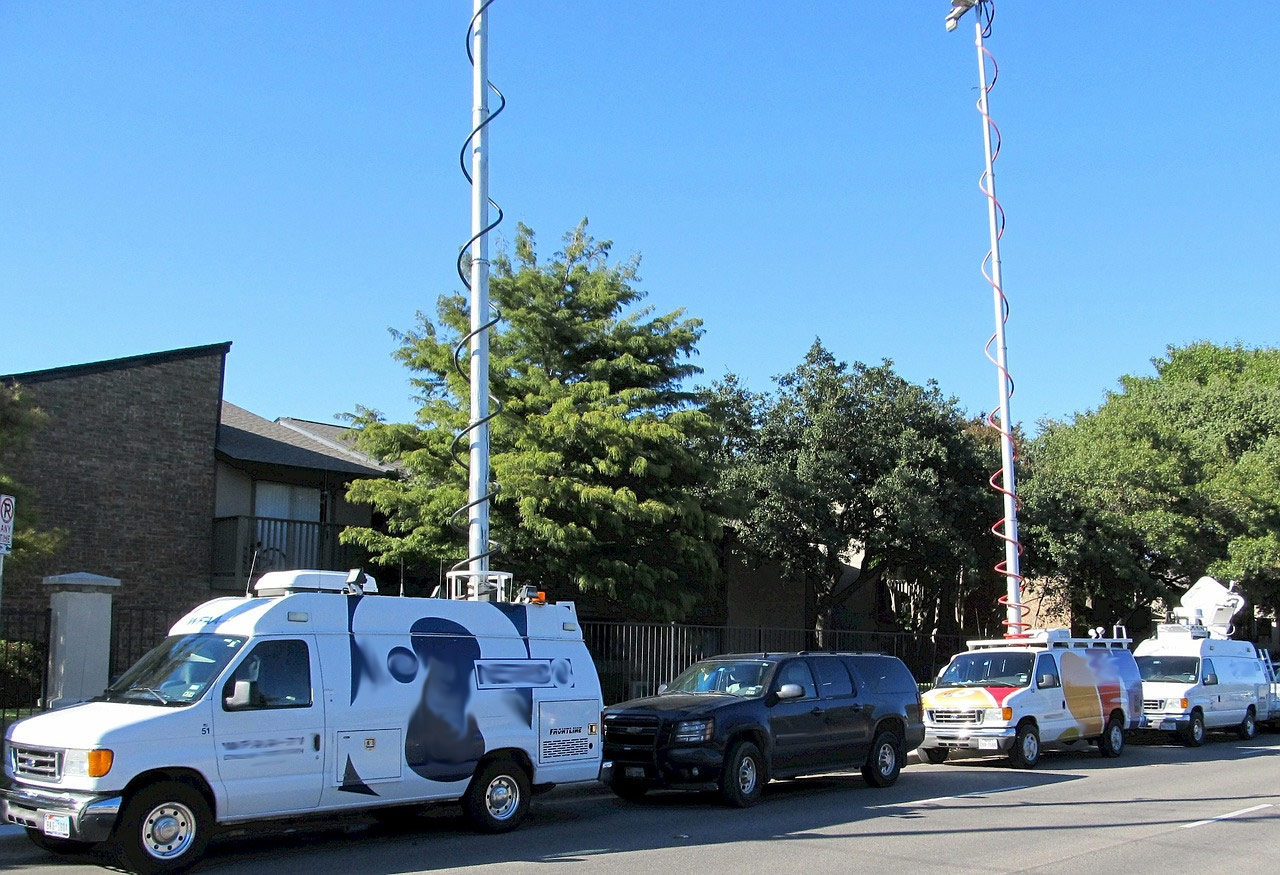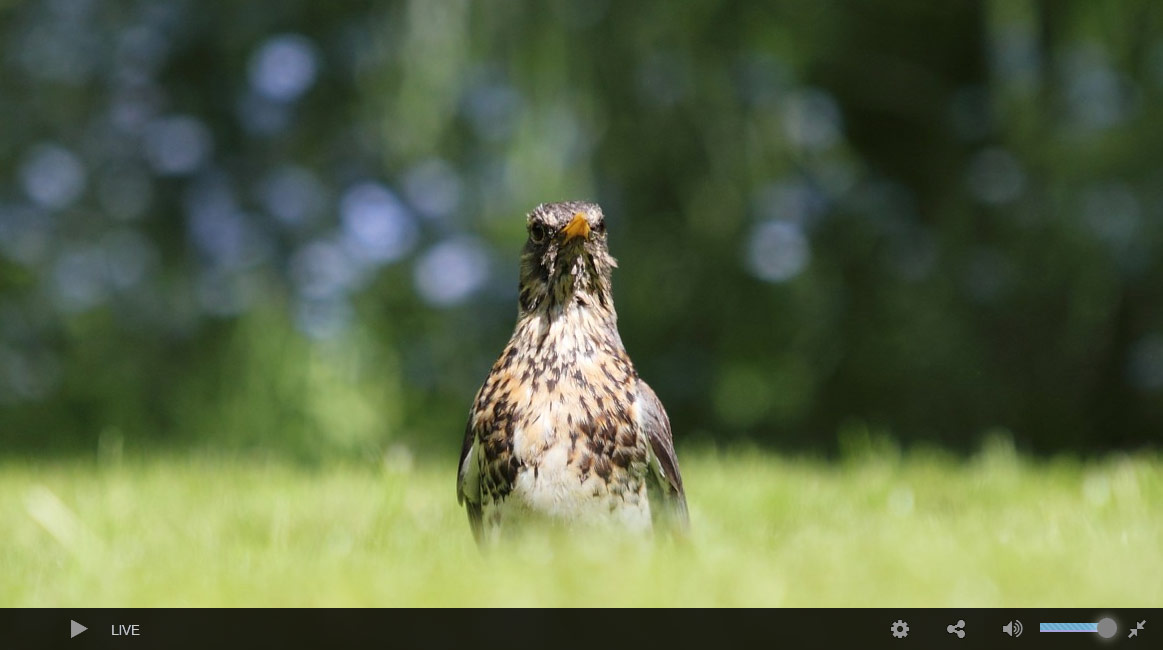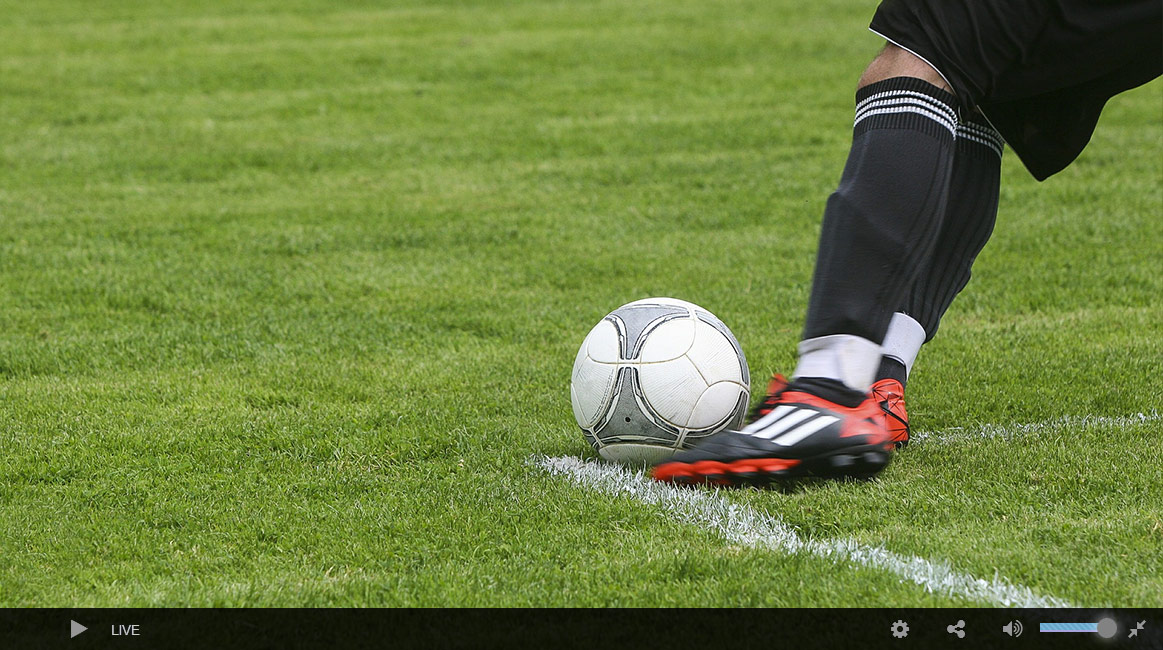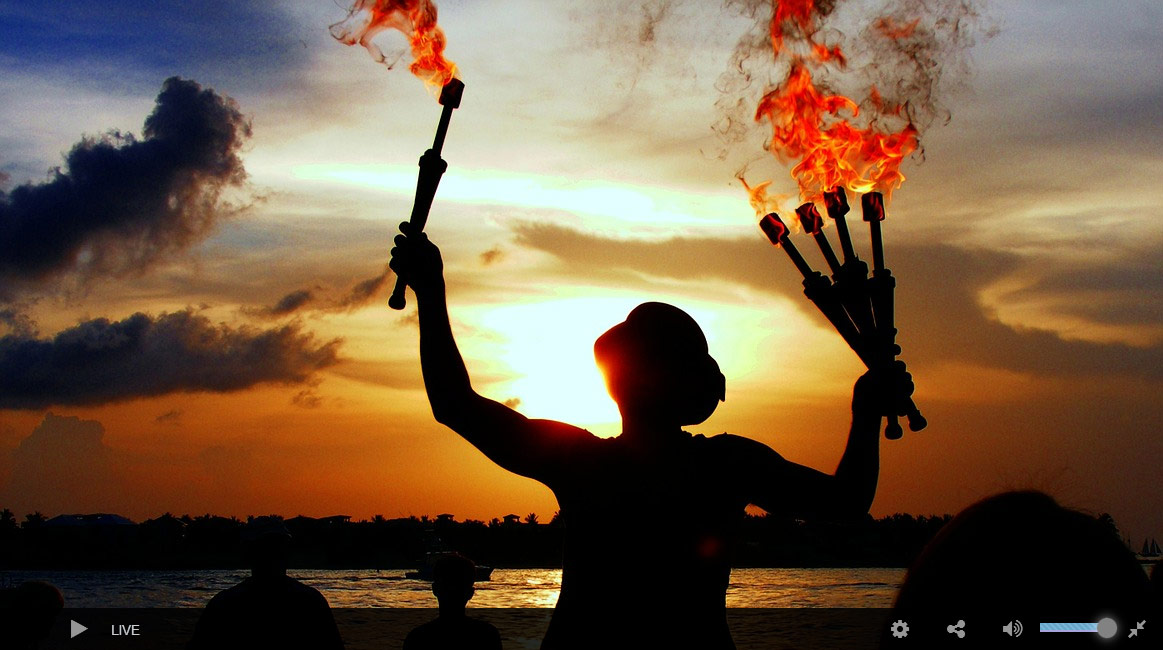Best Practices to Broadcast Outside
There are many types of broadcasters, and one of those are the ones that film outside. This could be for live TV or for live content for a global audience that demands it. While some broadcasts are suited to a studio, depending on the type of video content or profession, broadcasting outside is likely to come up. And broadcasts outside require a different set of knowledge and a different kind of set up to be effective.
Table of content
- The Traditional Way: Studio Trucks
- What You Need for Live Streaming
- Remote Internet Connections
- Broadcasting Over Low Bandwidth
- Other Concerns
- Final Thoughts
Broadcasting and professional live streaming from a studio generally provides are more stable internet connection, the chance of equipment errors is reduced and one has more control over the elements. But that changes when broadcasting outside. Whether it be live video, pre-recorded videos or filming for your social media platforms, broadcasting and streaming outside must be approached properly to achieve the best results.
In this article, we’re going to cover the best practices to broadcast outside. We’ll discuss what equipment you need and what to consider. We’ll also discuss how to best connect remotely. Moreover, we’ll detail other concerns such as broadcasting when connections are shoddy and bandwidth is low

What You Need for Live Streaming
As with live streaming from a studio, there are five things you need to consider for live streams from a remote location. These are:
- One or more video cameras, as well as capture cards or devices for the more professional type of camera (unnecessary if you’re using webcams).
- Microphones and other necessary audio equipment (often incorporated into the cameras).
- such as Wirecast, VidBlaster, or Adobe Flash Media Live Encoder, and a computer to run it on, or a hardware encoder such as the Digital Rapids TouchStream or the ultra-compact Teradek VidiU and VidiU Mini.
- A reliable Internet connection that’s fast enough to handle your broadcast.
- A streaming platform service such as Dacast, YouTube, Livestream, or Ustream.
All but one of these is much the same as what you would likely be using in the studio. Today’s video cameras and sound equipment are eminently portable. The computer for your software can easily be a laptop. The streaming platform is cloud-based (located elsewhere) and the broadcast location is irrelevant to that element.
What does change when you live stream from a remote location is the Internet connection.
Remote Internet Connections

When broadcasting live from a remote location, you obviously can’t use your high-speed cable Internet connection. It’s possible to do that only if you record the video content for later incorporation into a broadcast from your usual studio.
When live streaming from a remote location, though, you have two options: using someone else’s Internet connection or using a mobile hot-spot created by a mobile phone. Either of these approaches presents challenges.
Using someone else’s connection — usually wi-fi from a hotel or from a provider such as Starbucks or MacDonald’s — is fine when it’s available at the location where you’re broadcasting and if it’s fast and reliable enough. When live streaming a conference at a hotel, for example, it’s often possible to use the hotel’s wi-fi or, better, a wired connection.
Where that isn’t possible, you need to use the mobile Internet. The latest 4G smartphone technology allows a connection that’s just a bit better than 6 Mbps. It’s limited only by the availability of a mobile phone signal. That still leaves some holes, of course, but covers most locations except those out in the wilderness.
Broadcasting Over Low Bandwidth

Let’s face it: most of the time, you are not going to have the kind of high-speed connection when broadcasting outside that you do in your studio. That fact requires some adjustments.
Here are some suggestions that may help you get the most from the limited resources available in the field.
Slow down your streaming speed. Streaming at a slower speed (say no more than 1 Mbps) lets you make reliable use of slower Internet connections. It also makes your video available to users who may themselves have a slow connection, say if they’re watching your video on their phones.
Enable auto-adjust on your encoder. Your encoding software’s auto-adjust feature lets your encoder reduce the broadcast quality in response to bandwidth constrictions. If you do this, make sure you set the auto-adjust parameters to lower quality rather than dropping frames. Dropping frames can make your video seem jumpy and skippy, or lose important sections.
Consider using a VPN. Wi-fi available at hotels and restaurants is notoriously non-private. If your video deals with proprietary information or anything else you would prefer to keep private, a VPN that requires viewers to log in with a password can help keep your information private.
Turn off other programs. Other software running on your computer can often use up bandwidth even when you don’t think of it as Internet-related. Turn off any programs you don’t need for the streaming itself to maximize the efficient use of your resources.
Needless to say, outside broadcasting may not be the best situation in which to venture into HD video.
Other Concerns

While bandwidth is the main concern when broadcasting outside the studio, there are some other considerations as well. One of those is power. If you’re doing your broadcast from a hotel, that’s not a big problem, but if you’re somewhere that commercial electric power isn’t readily available, you need to make sure all your batteries are charged before beginning your broadcast. It’s also important to design your approach with the energy economy in mind.
If you have to worry about power, most likely you also have limits on the size and portability of your equipment. Some cameras, computers, etc. are more compact than others. A GoPro is a popular camera for outside broadcasting because it delivers high-quality video but is very compact. It’s also possible to bypass the computer with a software encoder altogether using a compact hardware encoder such as the Teradek Vidiu Mini. This option doesn’t allow as wide an array of composition options as encoding software, but you can take it places where even a laptop would be bulky and inconvenient.
Final Thoughts
There’s absolutely no reason to seclude yourself to the studio. No matter what kind of broadcaster you are, whether you stream live videos, engage in Facebook live, YouTube or anything else, broadcasting outside can create new viewers and customers.
In this article, we covered some of best practices and major considerations before broadcasting and live streaming outside. By implementing these, your outdoor broadcasts will stand out, always be of better quality and you’ll have more success.
Did you know that Dacast is a professional-grade video streaming platform that meets all your broadcasting needs — including outdoors? Dacast is a global leader in video streaming for broadcasters of all kinds. Try our platform today free with out 14-day risk-free trial.
 Stream
Stream Connect
Connect Manage
Manage Measure
Measure Events
Events Business
Business Organizations
Organizations Entertainment and Media
Entertainment and Media API
API Tools
Tools Learning Center
Learning Center Support
Support Support Articles
Support Articles